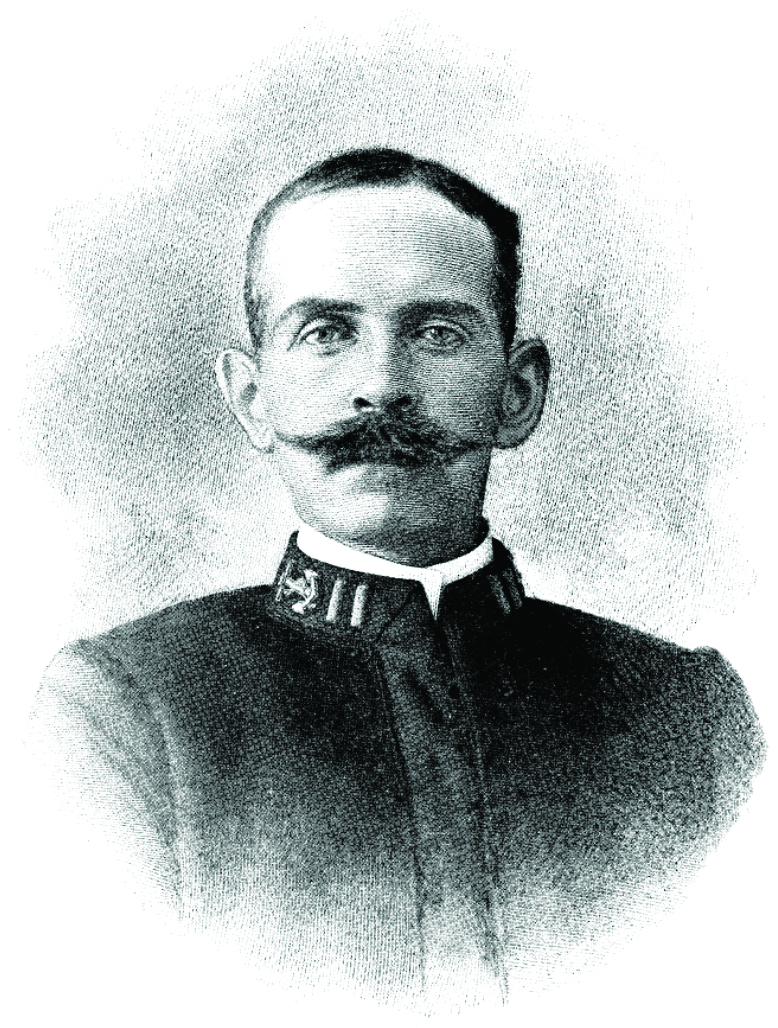
「Haedong Jeondo (Map of Korea)」 in the Collection of the Smithsonian Institution, USA, and Dokdo Island
This year marks the 140th anniversary of establishing diplomatic ties between the USA and Korea. Academic circles had examined the relationship between the USA and Korea during the enlightenment period, focusing on the activities of missionaries and medical personnel. Recently, there has been increasing interest in the diplomats affiliated with the US government dispatched to Korea. The Korea travel diary by Navy Officer George Clayton Foulk (1856-1893), 『Foulk, Who Came on a Steamer, Records Korea with Daedongyeojido (Detailed Map of Korea)』 was also published in 2021. At a symposium co-hosted by the foundation and Yeungnam University's Dokdo Research Center on February 28, I gave a presentation on John Baptiste Bernadou (1858-1908), a naval officer who visited Korea immediately after the establishment of diplomatic ties between the USA and Korea, the map he collected, “Haedong Jeondo (Map of Korea),” and Dokdo Island in the map. I would like to introduce the research results I presented at the symposium in this article.
The US government wanted to establish a world-class museum by collecting folklore materials from worldwide. It commissioned the Smithsonian Institute to operate the United States National Museum (USNM) program. Bernadou, a naval officer, was assigned to this program in 1882, trained in museum specimen collection, and sent to Korea in March of 1884. Between 1884 and 1885, Bernadou collected more than 160 pieces of various folklore materials from Korea, including furniture, paintings, agricultural implements, ceramics, handicrafts, musical instruments, clothes, ornaments, and textiles, prints, and books. These items have been managed at the Smithsonian Museum in the USA under the name of The Bernadou Korean Collection (1884-1885). There are eleven maps among these exhibits, including “Haedong Jeondo,” which will be introduced today.
Kim Jong-geun Researcher, Dokdo Research Institute